These 6 sweet potato companion plants will repel pests to give you the best crop, plus what never to plant with this root vegetable
Keep crops healthy and avoid dreaded pests like sweet potato weevil
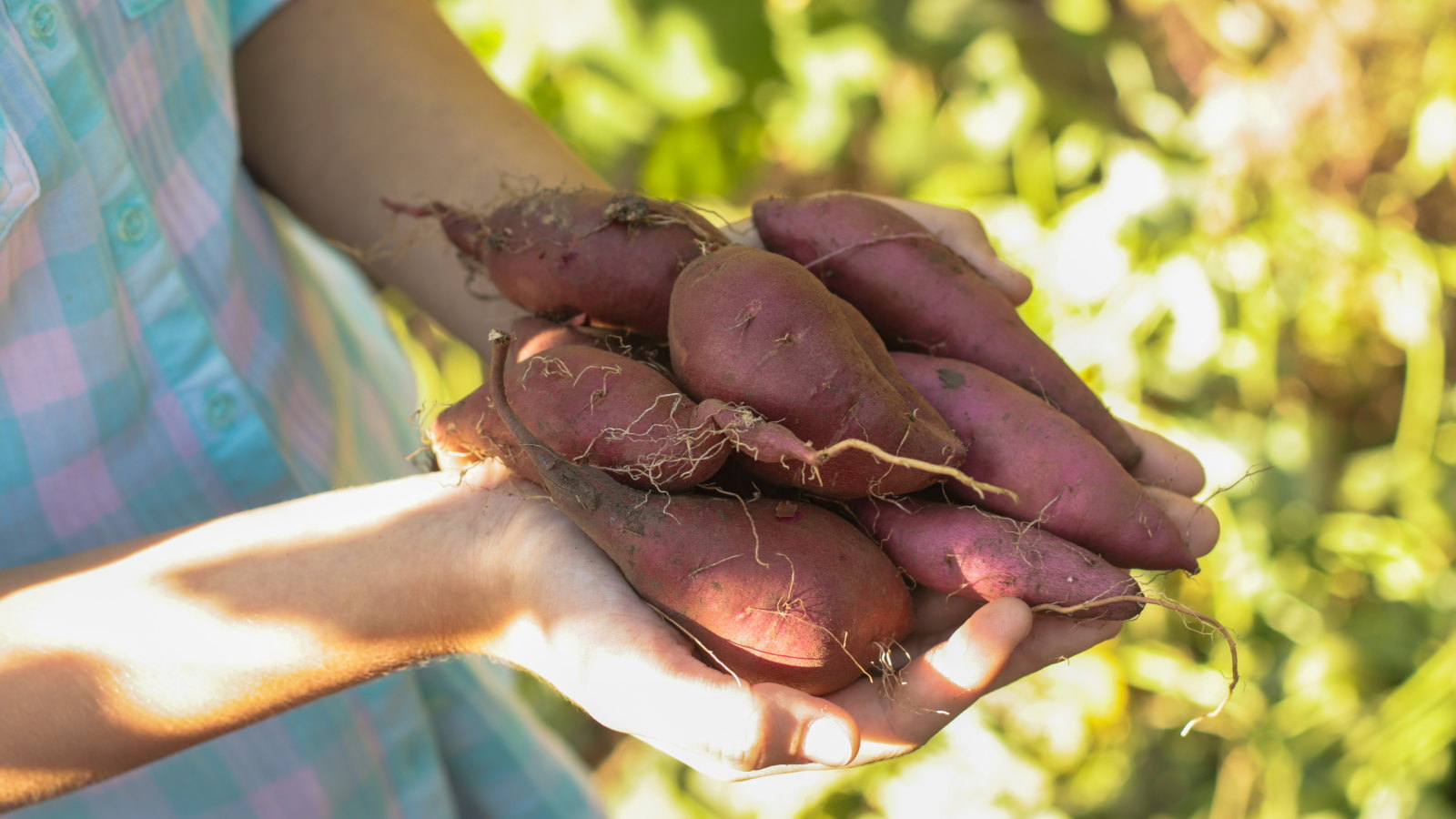
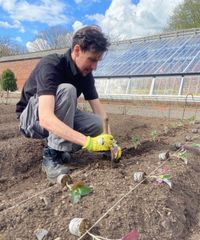
Taking advantage of the natural benefits that come from companion planting can help deter lots of pests that usually trouble sweet potato plants. Your plants can remain healthy and grow strong to give you a great harvest of tubers.
There are beneficial vegetables, herbs, and flowers you can use to grow as sweet potato companion plants. These companions also offer you a harvest while protecting your precious crops from potentially hugely damaging pests.
I always used companion planting as a professional kitchen gardener, and I still adopt the tactic (albeit on a smaller scale) in my home vegetable garden. If you grow sweet potatoes and want the best plants, this guide reveals a selection of the best companion plants to use, as well as what are bad companions for sweet potatoes.
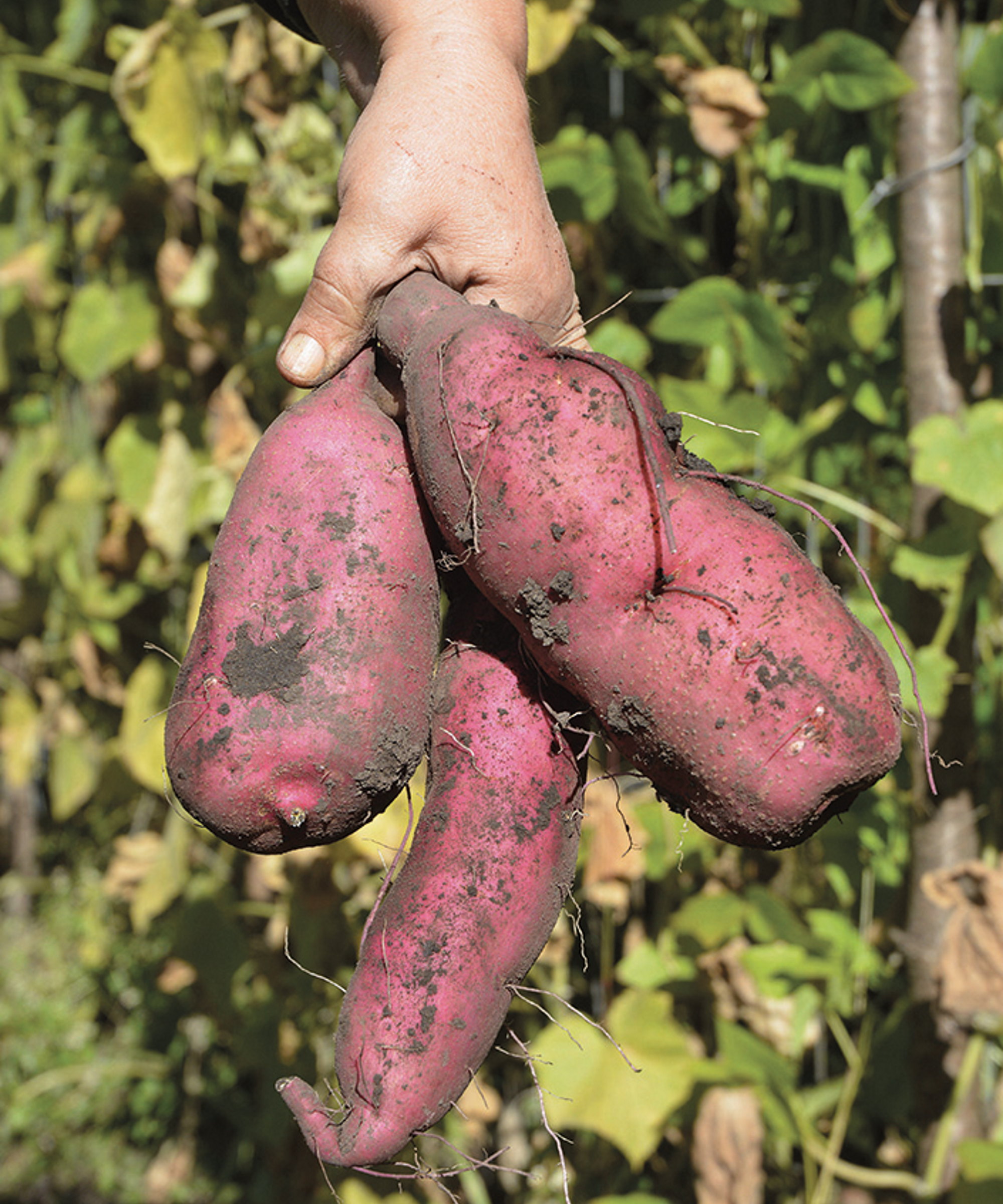
The best companion plants for sweet potato
Companion planting repels pests, attracts beneficial insects, and even provides nutrients to your sweet potato plants. Here are some great sweet potato companion plants to consider for your vegetable garden.
Nasturtiums

Growing nasturtiums as sweet potato companion plants offers many benefits. Firstly, there are lots of stunning nasturtium varieties to choose from, and both the leaves and flowers are edible.
But, primarily, you should grow them because nasturtiums are great for pest control. Nasturtiums repel a whole host of vegetable garden baddies, including the dreaded Colorado potato beetles that are capable of decimating plants. The beetles are thrown off by the strong smell of their nasturtiums, so they won’t discover the sweet potato plants.
In addition, nasturtiums are good trap plants for pest control, drawing the likes of aphids, flies, and flea beetles towards them and away from more precious crops. Plus, they attract beneficial insects that are natural predators to many traditional kitchen garden pests.
Design expertise in your inbox – from inspiring decorating ideas and beautiful celebrity homes to practical gardening advice and shopping round-ups.
See the range of nasturtium seeds at Amazon
See the range of nasturtium seeds at Walmart
See the range of nasturtium seeds at Burpee
See the range of nasturtium seeds at True Leaf Market
Summer savory
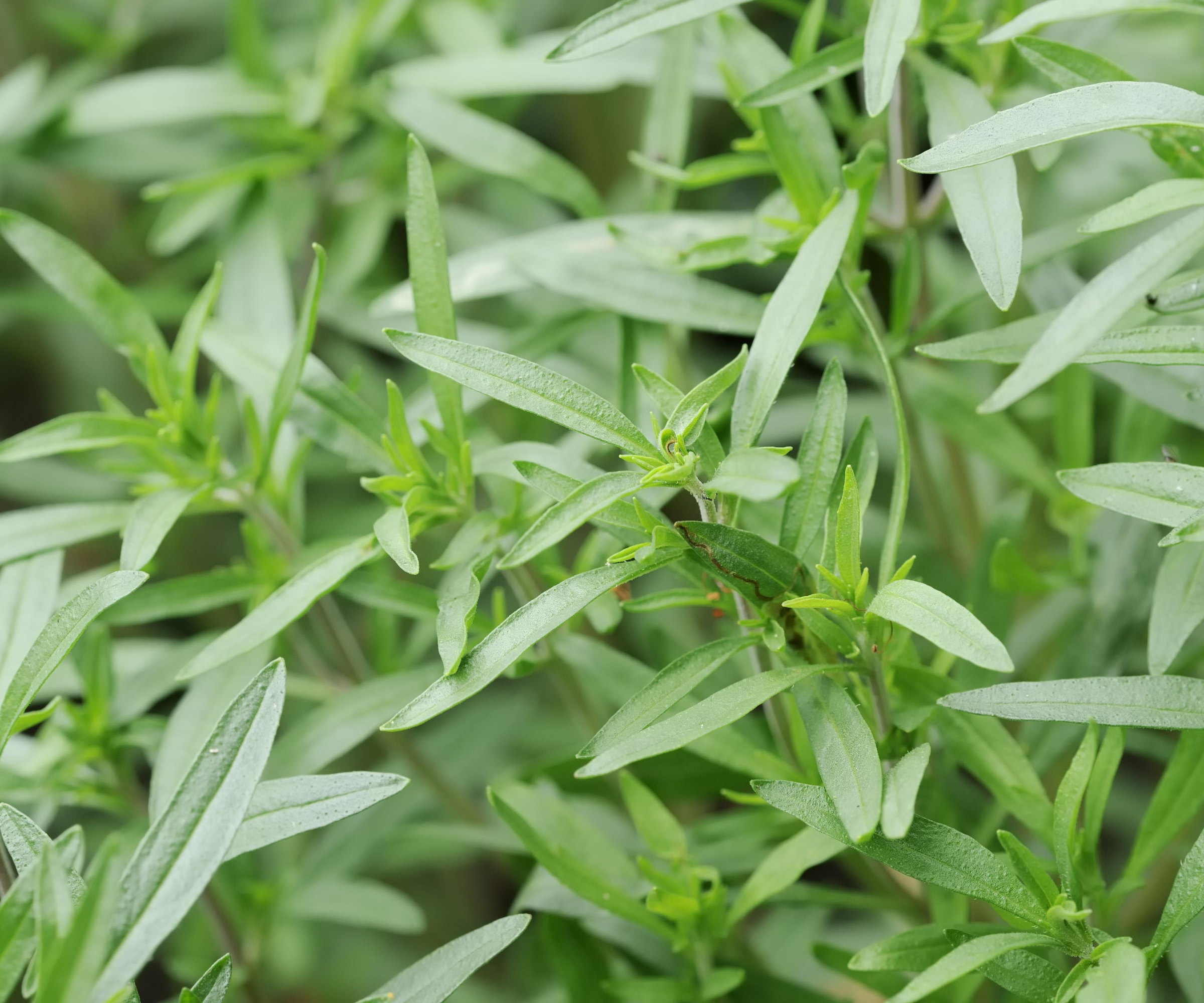
Many aromatic herbs make fantastic sweet potato companion plants, and summer savory sits near the top of that list. This is predominantly because it is great at repelling the sweet potato weevil.
The summer savory’s scent confuses the sweet potato weevil, preventing them from finding the crop and laying their eggs. As the weevil’s larvae tunnel into tubers, planting strong-smelling herbs to mask the presence of the crop comes highly recommended.
Summer savory also repels many other vegetable pests and attracts beneficial insects. As alternatives to summer savory, consider growing thyme, dill, or oregano as sweet potato companion plants.
You can get summer savory seeds at True Leaf Market
Yarrow
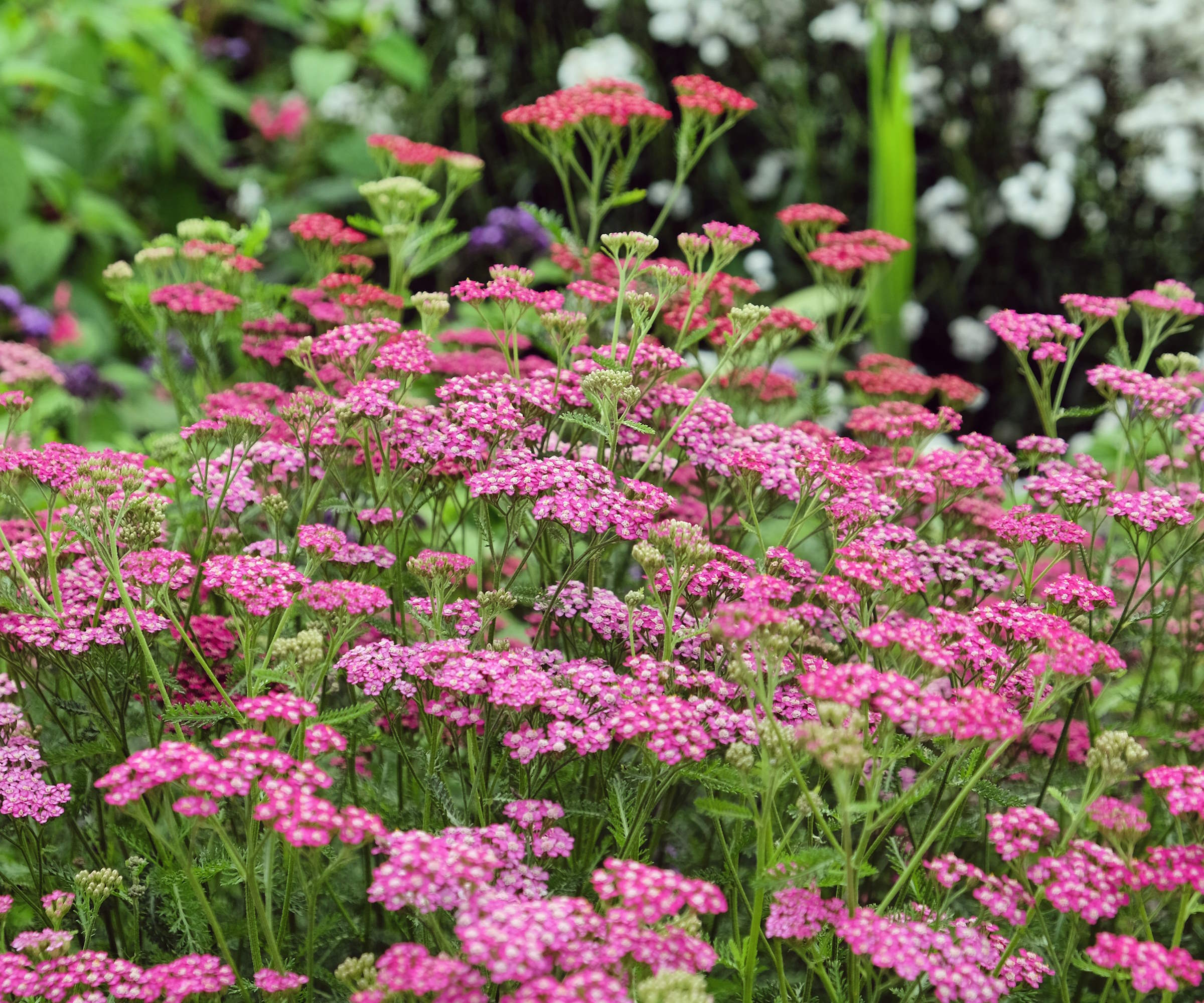
It may sound like a surprising choice, but growing yarrow as a sweet potato companion plant will keep your crop pest-free. While usually more at home in flower beds or cut flower patches, yarrow not only looks gorgeous, but it also attracts lots of beneficial insects.
The bright yarrow blooms, which can be pink, red, purple, yellow, or white, are a beacon for the likes of ladybugs, lacewings, hoverflies, and predatory wasps.
These beneficials are natural predators that eat aphids, spider mites, flea beetles, and more, protecting your plants and helping you get a top harvest of sweet potatoes. If you want a stunning flower to help get rid of aphids, then you should seriously consider yarrow.
You can get live New Vintage Red Yarrow plants at Amazon to add to your backyard.
Alliums
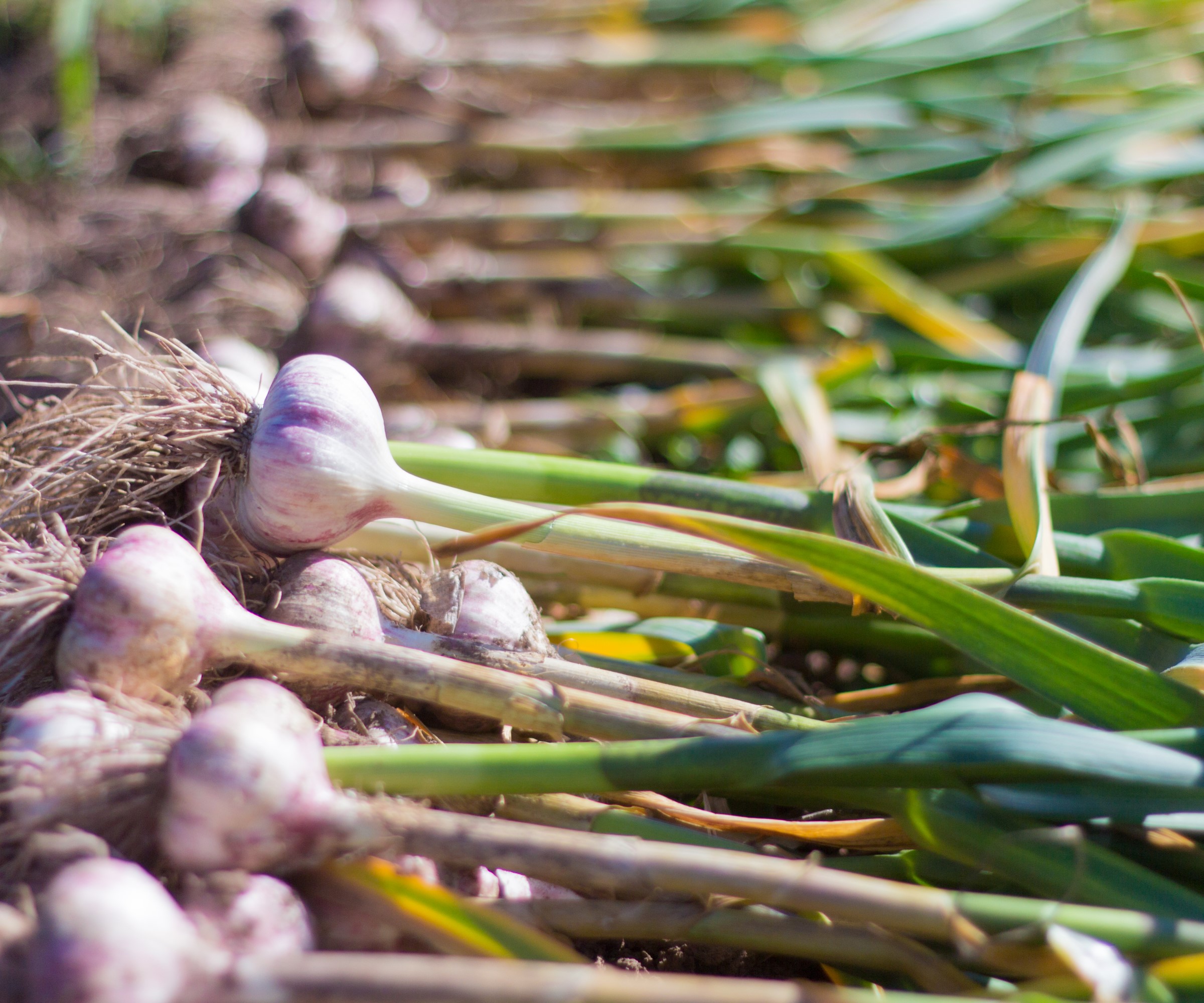
The strong aroma of garlic, onion, shallots, or green onions deters many pests. If you grow garlic or any other alliums as sweet potato companion plants, the potent sulfur aroma they produce repels aphids, mites, sweet potato whiteflies, and the sweet potato weevil.
Alliums also put off larger pests, including rabbits, deer, mice, and chipmunks, with their powerful smell. It makes them a powerful weapon in companion planting, and they are versatile. You can plant your onions or garlic close by sweet potatoes, or add smaller-growing alliums like green onions or chives in between rows of crops.
This mix of onion sets at Amazon gives the interesting option of planting and harvesting a selection of red, white, and yellow onions.
Legumes
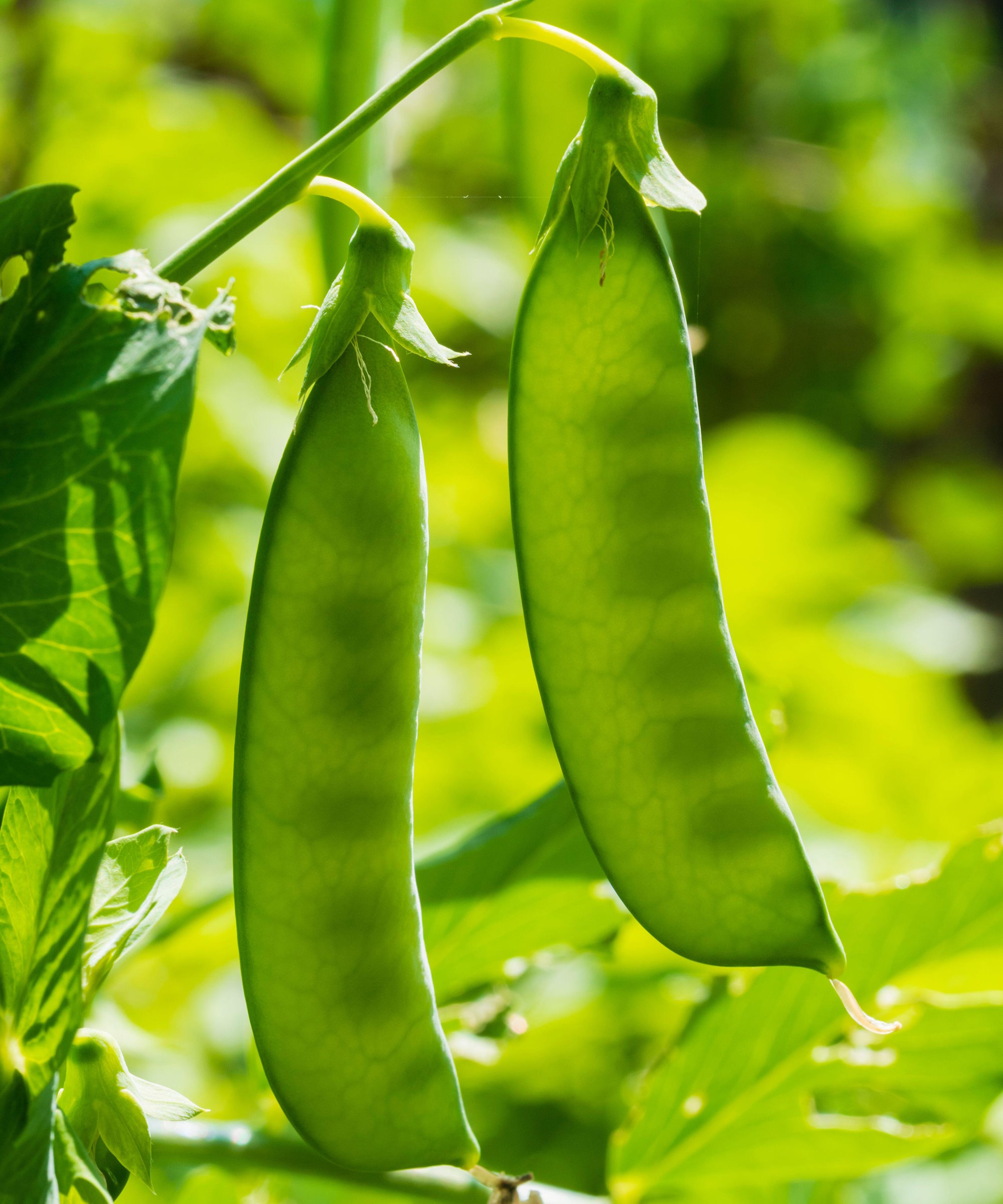
Legumes make great sweet potato companion plants thanks to their natural ability to fix nitrogen in the soil, to the benefit of other crops around them.
Sweet potatoes are heavy feeders. While they use up nitrogen as they grow, they can take advantage of nearby legumes, which take nitrogen from the air and release it back into the soil to replenish the levels.
You can opt to grow peas and either pole or bush beans alongside sweet potatoes, as they all offer the same nitrogen-fixing benefits.
Bush beans are likely to compete more with the sweet potato foliage for space, while climbing beans or peas grow in a different space upwards on a trellis. There is a great range of vining beans to grow, including runner beans, lima beans, French beans, and more.
See the range of bean seeds to plant at Amazon
See the range of bean seeds to plant at Walmart
See the range of bean seeds to plant at Burpee
See the range of bean seeds to plant at True Leaf Market
Alyssum
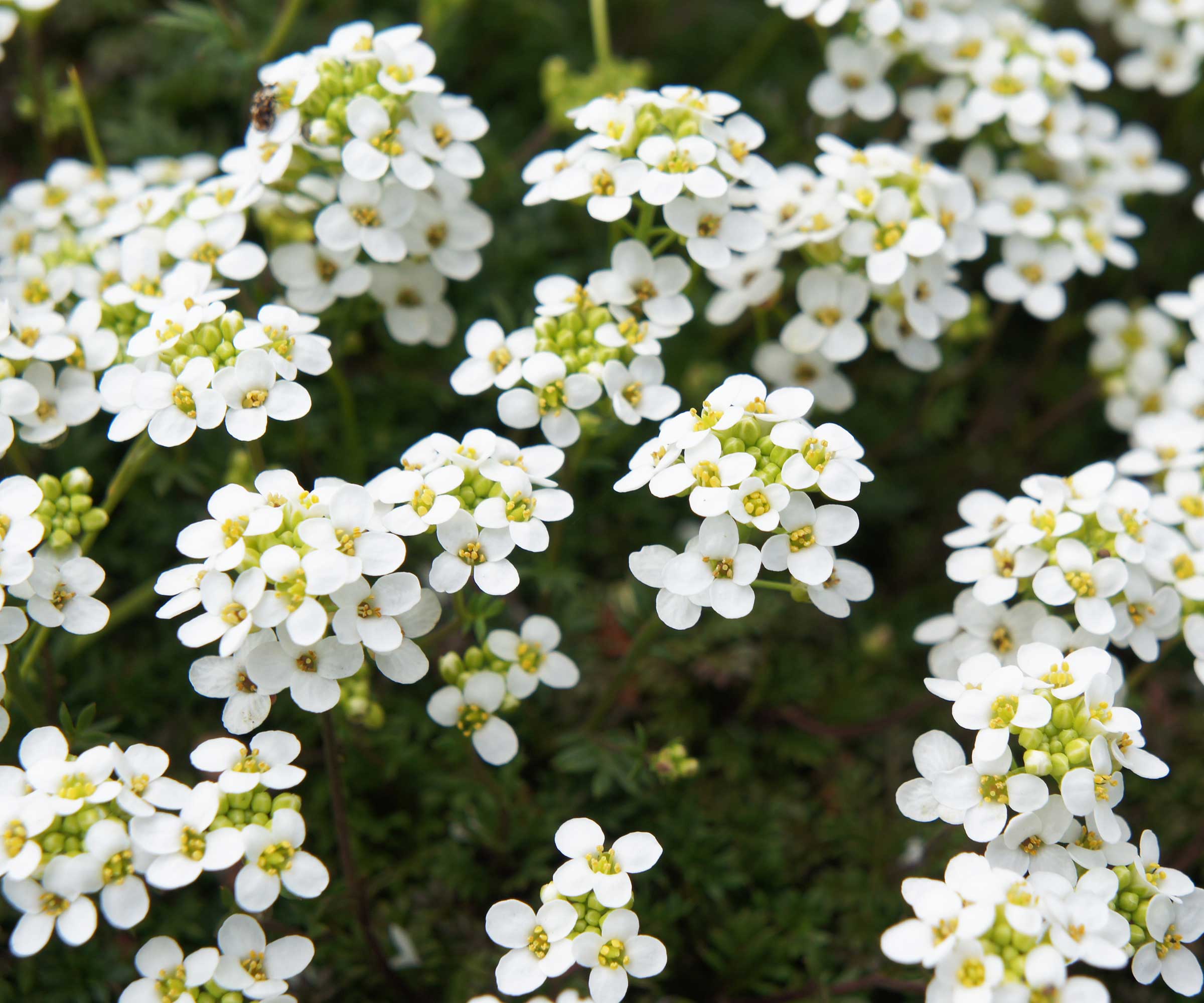
Sweet alyssum is a fast-growing, tiny flower traditionally grown as an annual for swathes of small white, pink, or purple flowers. It is ideal for attracting beneficial insects such as ladybugs, lacewings, and hoverflies to prey on pests that may otherwise trouble your sweet potato plants.
It can be grown in the ground, containers, or hanging baskets. Alyssum can go from sowing to blooming in less than eight weeks, perfect for either sowing in the ground or pots to place around your sweet potato plants. If you grow sweet potatoes in a container, why not accompany them with a pot of alyssum for flowers that you and many beneficials can enjoy.
It should be noted that sweet alyssum is considered an invasive plant in some US states as it self-seeds freely. So, check for your local region before planting it in your backyard.
What not to plant with sweet potatoes
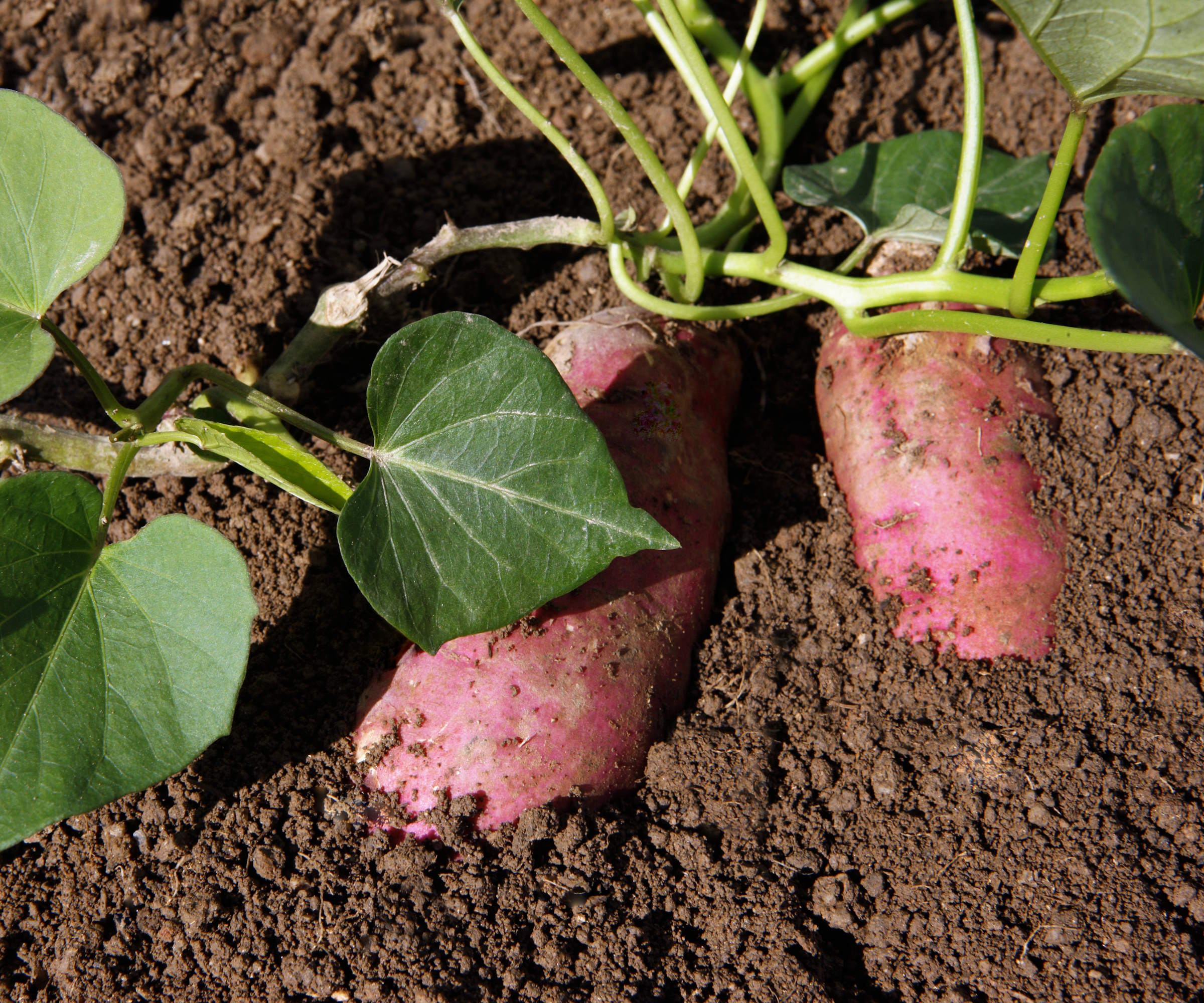
The above all make great sweet potato companion plants as they actively help the crop grow better. However, there are also some other plants that inhibit the growth of sweet potatoes. Don’t make the companion planting mistake of having any of the following close by your sweet potato plants.
- Squash and Pumpkins - Planting squash, both winter or summer types, and pumpkins creates competition for space. The sprawling plants put out long vines and are heavy feeders, so they will battle with sweet potatoes for both room and nutrients in the soil.
- Sunflowers - Growing sunflowers can increase the risk of potato blight, and the tallest-growing sunflower varieties can shade out sweet potatoes. Sunflowers are plants that have allelopathic properties and can inhibit the growth of nearby plants.
- Tomatoes - As both tomatoes and sweet potatoes are susceptible to lots of the same diseases, including blight, it is not advisable to plant them together.
Another recommended way to prevent sweet potato weevils and other pests is to use crop rotation. This simple practice of growing crops in different beds in successive years boosts soil health and reduces the risk of pests and diseases.
Don’t grow your sweet potatoes in the same spot in successive years. Also, don’t plant other Solanaceae crops after sweet potatoes, which include not growing potatoes, tomatoes, eggplant, or peppers in the same spot.
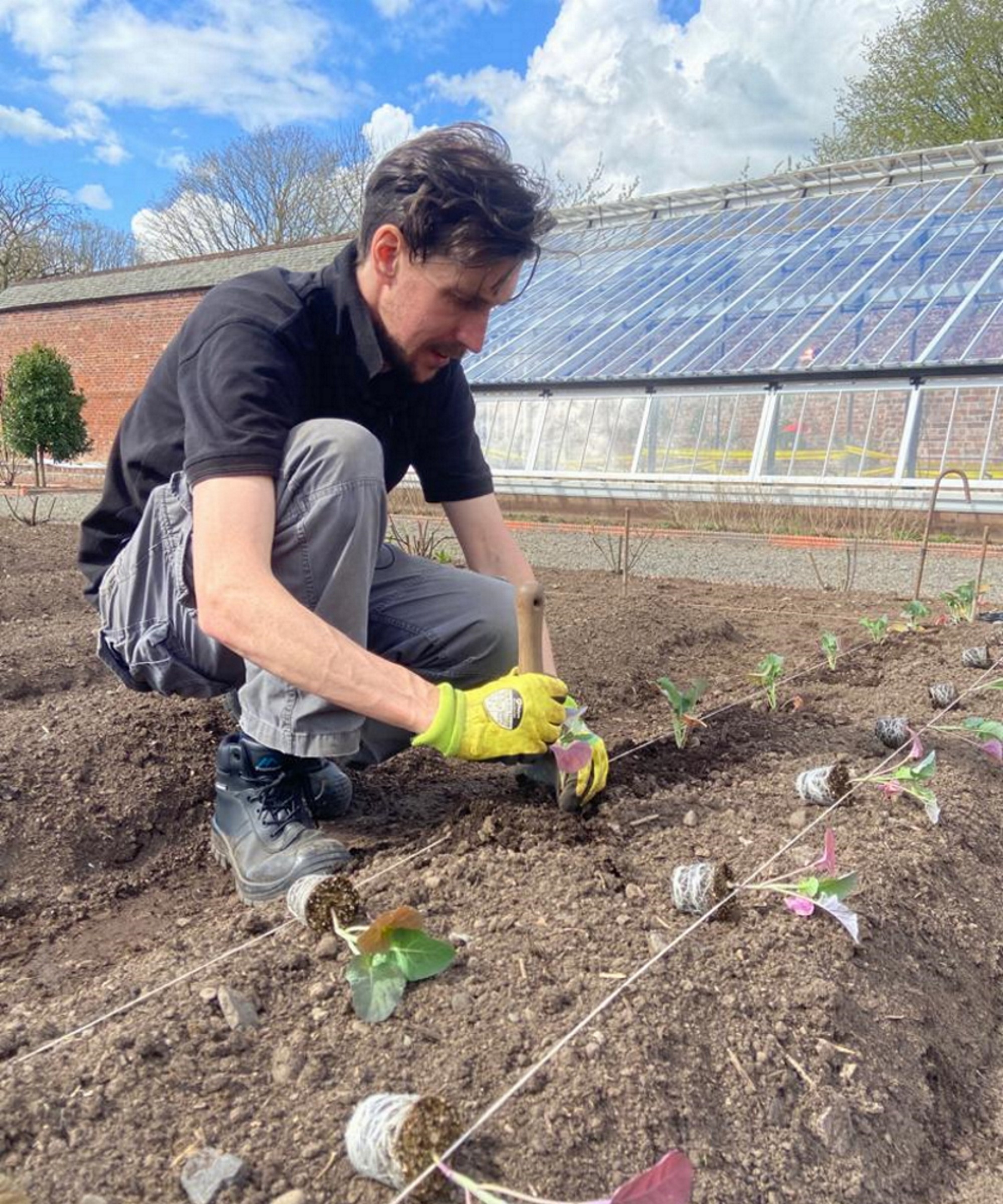
Drew has worked as a writer since 2008 and was also a professional gardener for many years. As a trained horticulturist, he worked in prestigious historic gardens, including Hanbury Hall and the world-famous Hidcote Manor Garden. He also spent time as a specialist kitchen gardener at Soho Farmhouse and Netherby Hall, where he grew vegetables, fruit, herbs, and cut flowers for restaurants. Drew has written for numerous print and online publications and is an allotment holder and garden blogger. He is shortlisted for the Digital Gardening Writer of the Year at the 2025 Garden Media Guild Awards.
You must confirm your public display name before commenting
Please logout and then login again, you will then be prompted to enter your display name.